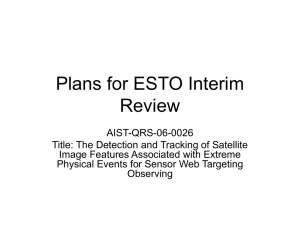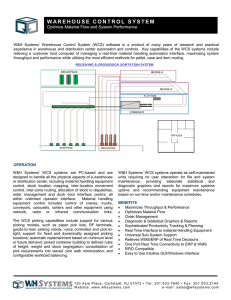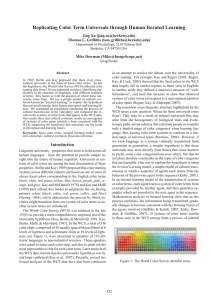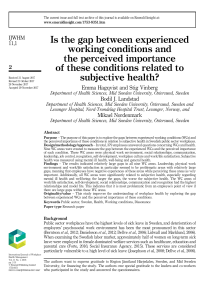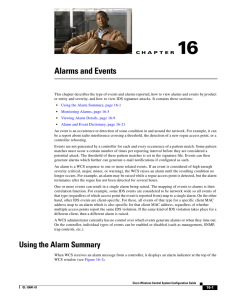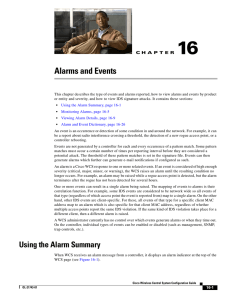Document 13335119
advertisement
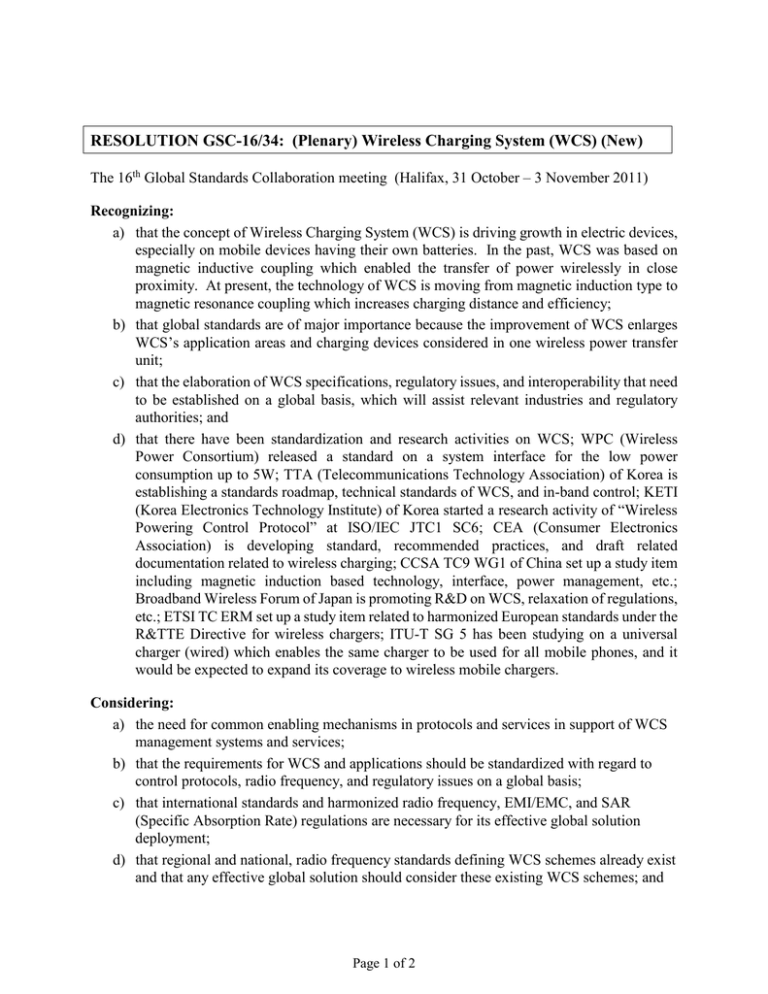
RESOLUTION GSC-16/34: (Plenary) Wireless Charging System (WCS) (New) The 16th Global Standards Collaboration meeting (Halifax, 31 October – 3 November 2011) Recognizing: a) that the concept of Wireless Charging System (WCS) is driving growth in electric devices, especially on mobile devices having their own batteries. In the past, WCS was based on magnetic inductive coupling which enabled the transfer of power wirelessly in close proximity. At present, the technology of WCS is moving from magnetic induction type to magnetic resonance coupling which increases charging distance and efficiency; b) that global standards are of major importance because the improvement of WCS enlarges WCS’s application areas and charging devices considered in one wireless power transfer unit; c) that the elaboration of WCS specifications, regulatory issues, and interoperability that need to be established on a global basis, which will assist relevant industries and regulatory authorities; and d) that there have been standardization and research activities on WCS; WPC (Wireless Power Consortium) released a standard on a system interface for the low power consumption up to 5W; TTA (Telecommunications Technology Association) of Korea is establishing a standards roadmap, technical standards of WCS, and in-band control; KETI (Korea Electronics Technology Institute) of Korea started a research activity of “Wireless Powering Control Protocol” at ISO/IEC JTC1 SC6; CEA (Consumer Electronics Association) is developing standard, recommended practices, and draft related documentation related to wireless charging; CCSA TC9 WG1 of China set up a study item including magnetic induction based technology, interface, power management, etc.; Broadband Wireless Forum of Japan is promoting R&D on WCS, relaxation of regulations, etc.; ETSI TC ERM set up a study item related to harmonized European standards under the R&TTE Directive for wireless chargers; ITU-T SG 5 has been studying on a universal charger (wired) which enables the same charger to be used for all mobile phones, and it would be expected to expand its coverage to wireless mobile chargers. Considering: a) the need for common enabling mechanisms in protocols and services in support of WCS management systems and services; b) that the requirements for WCS and applications should be standardized with regard to control protocols, radio frequency, and regulatory issues on a global basis; c) that international standards and harmonized radio frequency, EMI/EMC, and SAR (Specific Absorption Rate) regulations are necessary for its effective global solution deployment; d) that regional and national, radio frequency standards defining WCS schemes already exist and that any effective global solution should consider these existing WCS schemes; and Page 1 of 2 e) the importance of the coordination in the development of global standards due to the complexity of the subject. Resolves: 1) to facilitate a strong and effective standards collaboration on WCS in terms of protocol, regulatory, and interoperability aspects; 2) to encourage Participating Standards Organizations (PSOs) and others to cooperate in order to develop harmonized, globally-compatible, WCS-related standards; and 3) to consider both frequency issues and safety issues for WCS standardization. __________ Page 2 of 2
